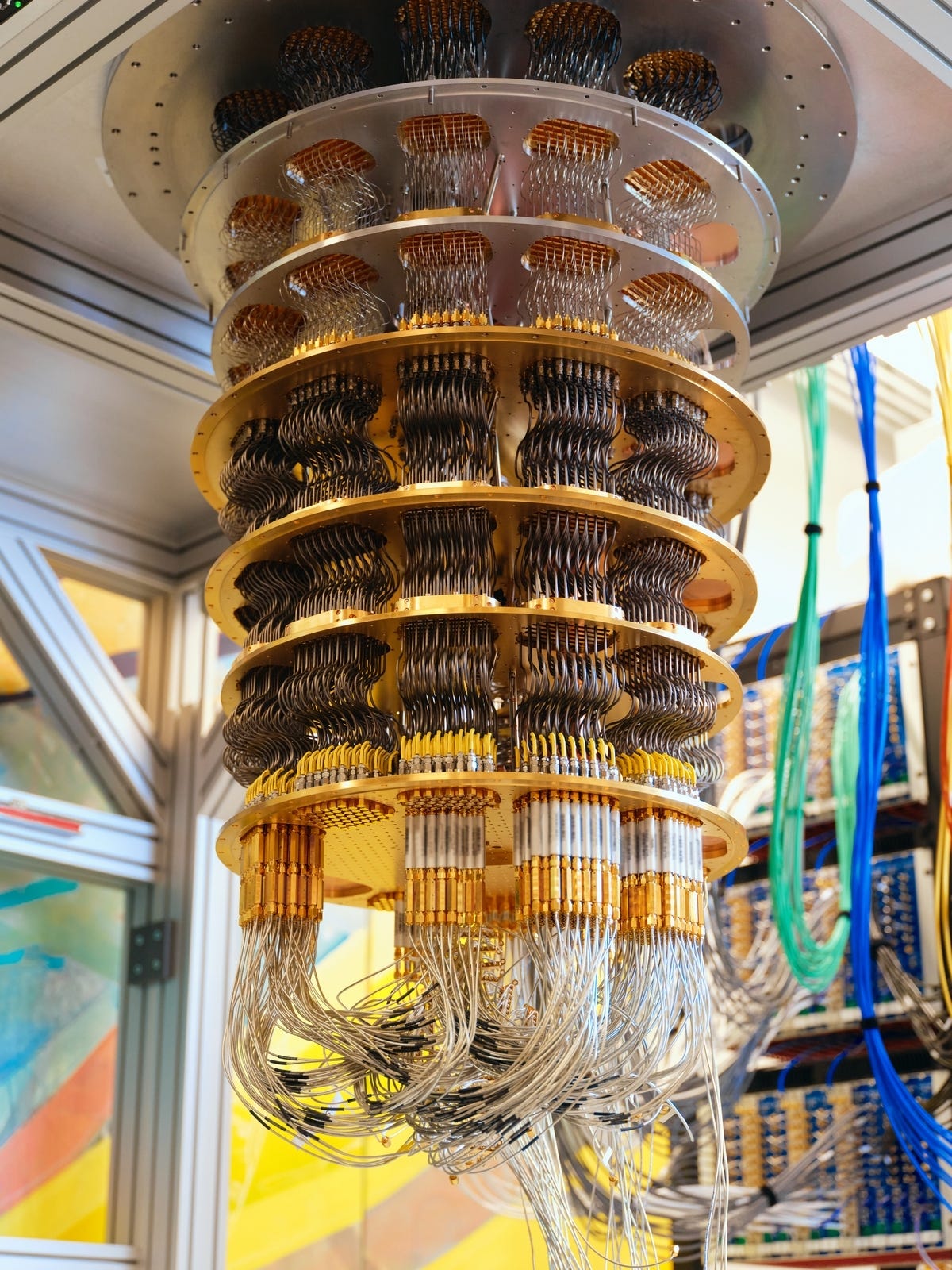Blockchain technology is changing the way we handle digital transactions. But what exactly is a blockchain transaction, and how does it work?
Let’s break it down in simple terms in 5 Minutes
( My usual articles take just 2 minutes to read, but this one will take a few additional minutes to read and understand better.)
A blockchain transaction is a digital exchange of information that is recorded securely on a decentralized network. Most commonly, it involves sending cryptocurrency like Bitcoin or Ethereum from one person to another. However, blockchain transactions can also be used for other purposes, such as recording contracts, verifying ownership, or securing important data.
A blockchain transaction follows a step-by-step process to ensure security and transparency. Here’s how it works:
- Transaction Creation — Imagine Alice wants to send 1 Bitcoin to Bob. She enters Bob’s digital wallet address and the amount to be sent.
- Verification Process — The transaction is sent to a network of computers (called nodes) that check whether Alice has enough Bitcoin to complete the transaction.
- Transaction Approval — Once verified, the transaction is bundled with other transactions into a group called a “block.”
- Adding to the Blockchain — The block is added to the blockchain, forming a permanent and tamper-proof record.
- Transaction Completion — Bob receives the Bitcoin, and the transaction is considered final and secure.
Before a transaction is added to the blockchain, people (called miners or validators) must agree that it is valid. This process is called consensus. Two common methods are:
- Proof of Work (PoW) — Used by Bitcoin, requires solving complex math problems.
- Proof of Stake (PoS) — Used by Ethereum, where validators are chosen based on how much cryptocurrency they hold.
Blockchain transactions have several unique advantages:
- Decentralization — No single person, company, or government controls the blockchain. Instead, many computers work together to maintain security.
- Security — Transactions are encrypted and stored across multiple computers, making them almost impossible to alter or hack.
- Transparency — Anyone can view the transaction history on a public blockchain, ensuring openness and trust.
Blockchain transactions are changing how we send money and share information. They help make things safer, more open, and more efficient. As technology improves, blockchain will become even more important in our digital lives.

 8 months ago
76
8 months ago
76


 English (US) ·
English (US) ·